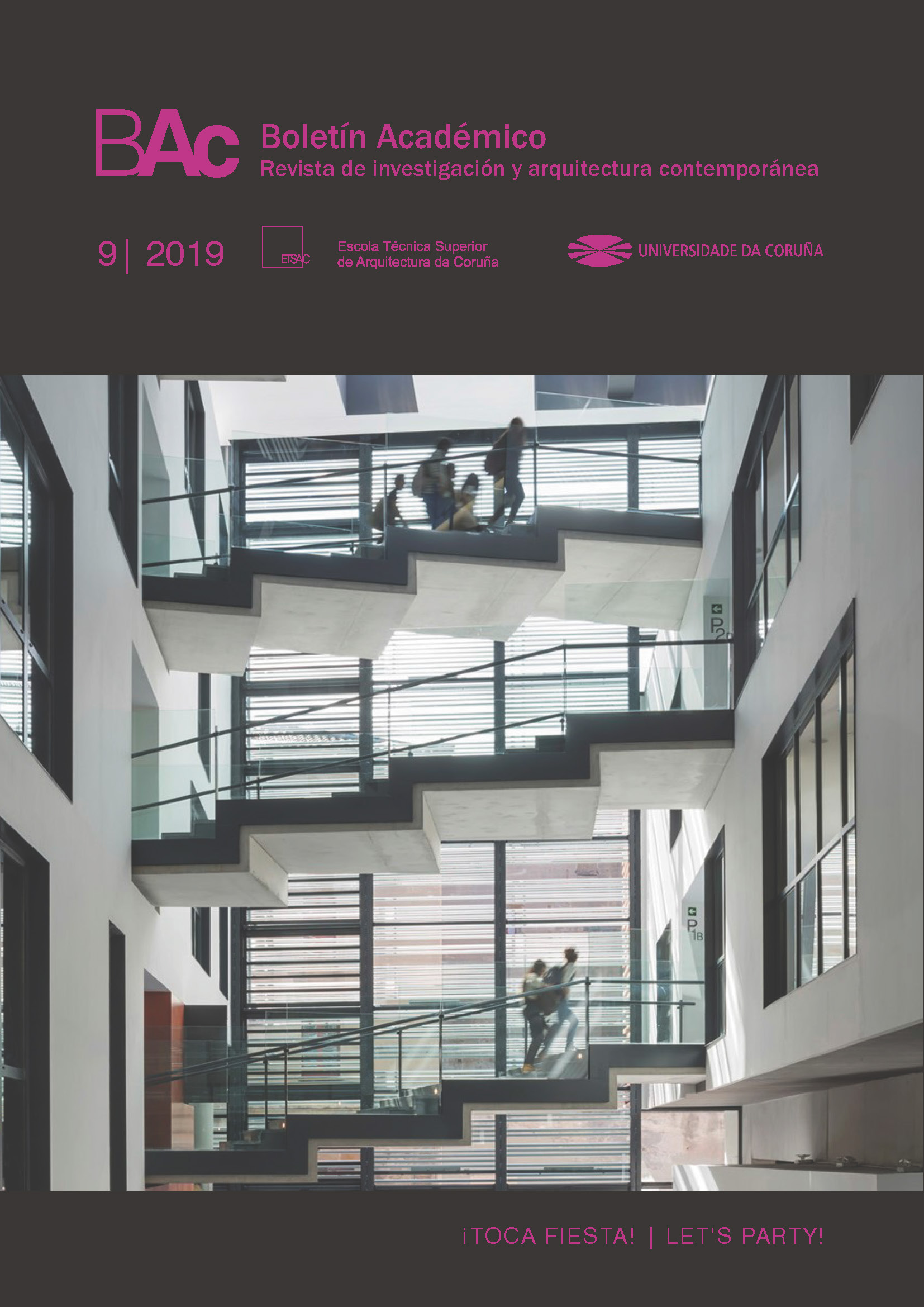M. Paul Friedberg Escenografías para el juego en hábitats urbanos
Contenido principal del artículo
Resumen
En los años 60 en la ciudad de Nueva York, el arquitecto del paisaje M. Paul Friedberg renovó los emplazamientos de juego infantil, de una manera personal y particular a partir de la observación de la algarabía de los niños y el dinamismo de la gente al usar la calle y la plaza. El artículo resalta su concepto de playground que ofrece diferentes estilos de juego, movimientos impredecibles y dinámicas de comportamiento, que le permitieron explorar la forma arquitectónica y el paisaje del área de recreo infantil. La incorporación de todo un conjunto de construcciones auxiliares facilitadoras del juego daba lugar a imaginar otras posibilidades del espacio público. Estas áreas de juego resultaron ser escenografías en hábitats urbanos, donde la interacción y yuxtaposición de arquitecturas elementales creaban entornos de aprendizaje, descubrimiento y desarrollo personal en los que el tiempo de la fiesta resultaba del uso libre del espacio.
Palabras clave:
Descargas
Detalles del artículo
Citas
Bang Larsen, Lars et al, Isamu Noguchi: Playscapes. México D.F.: RM/Museo Tamayo Arte Contemporáneo. 2016.
Biondo, Brenda. Once upon a playground: a celebration of classic American playgrounds, 1920–1975. Lebanon, NH: ForeEdge, 2014.
Birnbaum, Charles A., James Sheldon y Shirley Veenema. Pioneers of American Landscape Design Oral History Series: M. Paul Friedberg Interview Transcript. Nueva York: The Cultural Landscape Foundation, 2009.
Borja-Villel, Manuel (Ed.). Playgrounds: Reinventar la Plaza. Madrid: Museo Nacional Centro de Arte Reina Sofía, 2014.
Dixon, J.M. “Riis Plaza: Three acres filled with life” Architectural Forum 125 (Julio 1966).
Friedberg, M. Paul. “Making Public Housing Human”. Progressive Architecture (Enero 1965).
Friedberg, M. Paul. Playgrounds for City Children. Washington D.C.: Association for Childhood Education International, 1969.
Friedberg, M. Paul. Play and interplay. Nueva York: The Mac Millan Company, 1970.
Friedberg, M. Paul. Handcrafted playgrounds: Designs you can build yourself. Nueva York: Vintage Books, 1975.
Friedberg, M. Paul. “Looking back”, Process Architecture 82, 1989.
Friedberg, M. Paul. “My design process”, Process Architecture 82, 1989.
Gadamer, Hans-Georg. La actualidad de lo bello. El arte como juego, símbolo y fiesta. Barcelona: Ediciones Paidós, 1991.
Gadamer, Hans-Georg. Verdad y Método.Vol I. Salamanca: Ediciones Sígueme, 1999.
Hart, Roger. “Containing children: some lessons on planning for play from New York City”, Environment&Urbanization 14, no. 2 (Octubre, 2002): 136-148.
Hurtwood, Marjory. Planning for play. Norwich: Jarrold and Sons Ltd., 1968.
Jacobs, Jane. Muerte y Vida de las Grandes Ciudades. Madrid: Capitán Swing, 2011.
Lefaivre, Liane y Roode Ingeborg (ed.), Aldo van Eyck. The playgrounds and the city. Amsterdam: Stedelijk Museum, Rotterdam: NAi Publishers, 2002.
Opie, Iona. The people in the playground. Londres: Oxford University Press, 1993.
Whyte, William H. The social Life of Small Urban spaces. Nueva York: Project for Public Spaces. 1980.
Whyte, William H. “Paul Friedberg’s Landscape Design”, Process Architecture 82, 1989.


